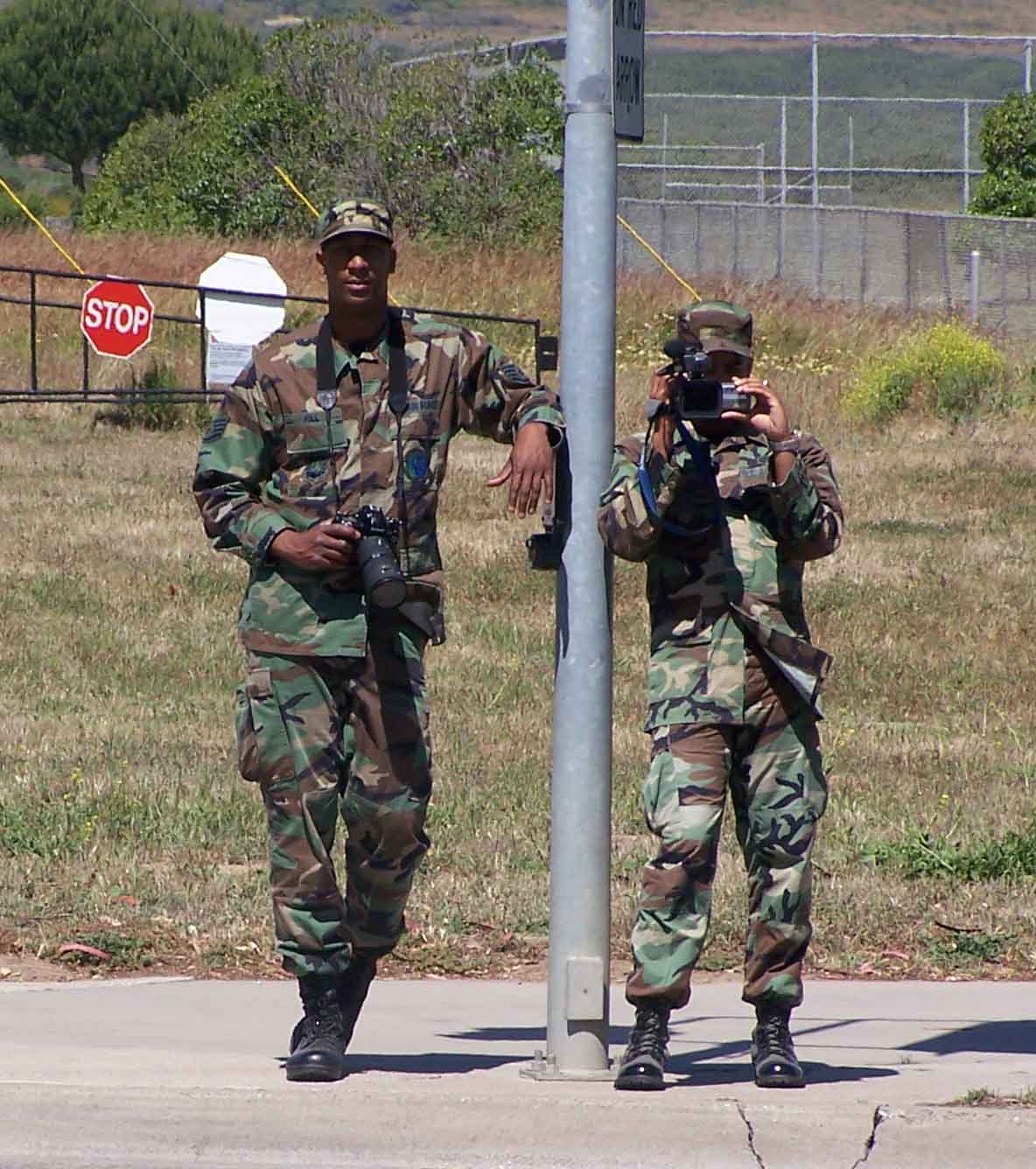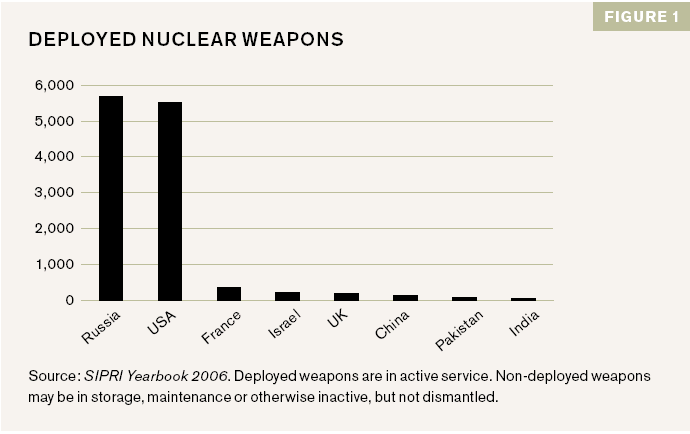U.S nuclear missile test: do as we say, not as we do
Michael Spies
Less than a week after the United Nations Security Council unanimously adopted a resolution condemning North Korea for test launching several ballistic missiles, the United States is set to launch an unarmed Minuteman III intercontinental ballistic missile on Wednesday from Vandenberg Air Force Base in California. The missile, carrying three dummy warheads, will be fired across the Pacific toward the missile test range at Kwajalein Atoll in the Marshall Islands, with a flight time of about 30 minutes.
According to the Santa Maria Times, the test scheduled for early Wednesday morning is intended to test the reliability and capability of the missile system. The United States currently deploys 500 Minuteman III missiles, kept on high alert and each carrying a single nuclear warhead with a yield, depending on the configuration, of 170 kT or 335 kT, respectively 10 or 20 times more powerful than the U.S. atomic bomb that devastated Hiroshima.
This test is the latest in an ongoing series of regularly scheduled ballistic missile tests conducted by the U.S. military. In the period between January 2000 and the present, the U.S. has test launched at least 23 Minuteman III ICBMs from Vandenberg. The last test of a Minuteman III occurred on June 14th. Regarding the purpose of the test, Andrew Lichterman pointed out that according to the 30th Space Wing, the goal was to “provide key accuracy and reliability data for on-going and future modifications to the weapon system, which are key to improving the already impressive effectiveness of the Minuteman III force.” He further noted that “as this blog has documented, this is only one small part of a wide-ranging effort to develop the next generation of U.S. strategic weapons, with the intention of being able to strike targets anywhere on earth in hours or less.”
The ongoing conduct of these tests represents yet another example of U.S. exceptionalism; the U.S. feels no embarrassment in criticizing others for the same activities it or its allies engage in. For instance, days after the North Korean tests the Bush Administration “offered an unprecedented defense and rationalization of India’s missile test and nuclear programme” following India’s test launch of a nuclear capable Agni-III missile. The tests of such weapon systems is ill-timed following the international chorus of condemnation, partially led by the U.S., of the North Korean tests. In the regional context of the Korean Peninsula, given the heightened tensions surrounding North Korea’s nuclear weapons program, the U.S. test of a nuclear capable missile is unambiguously provocative. In the global context, the U.S. missile test is blatant hypocrisy, symptomatic of a dangerous foreign policy based on the imposition of discriminatory, self-serving norms backed by the threat and use of force.










